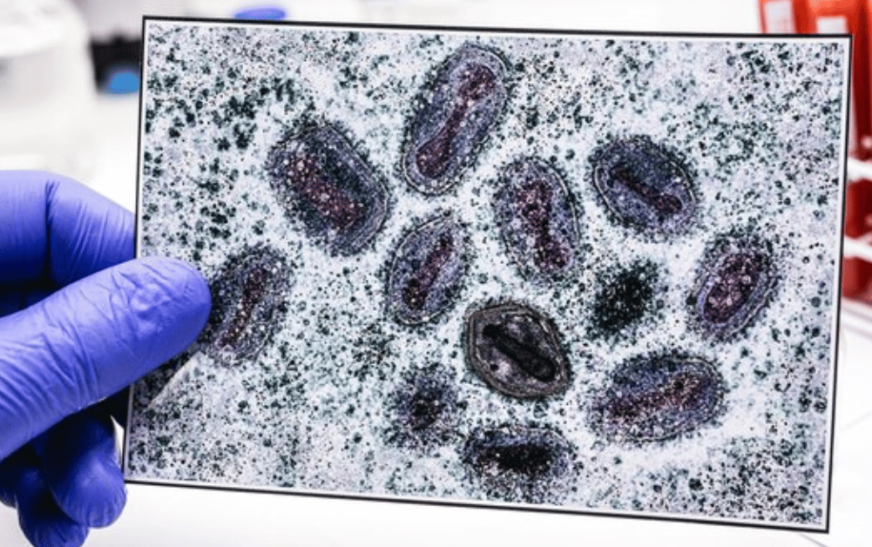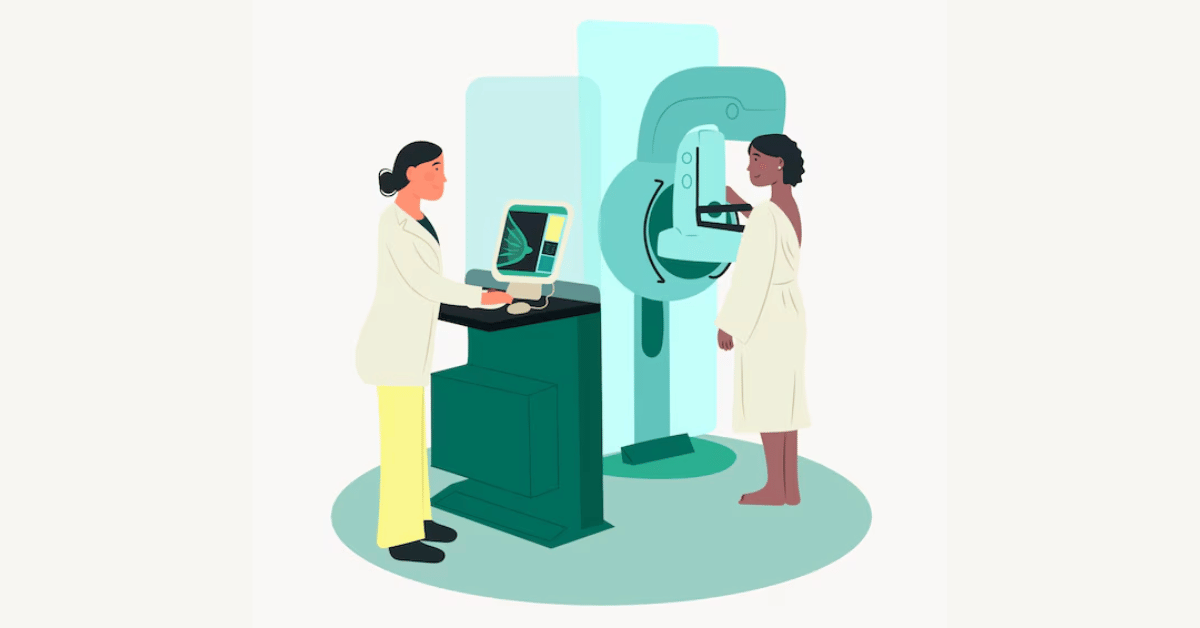Micro Cellular Rubber (MCR) has become a critical material in providing comfort, protection, and mobility for individuals suffering from leprosy and other conditions that affect foot health. The Leprosy Mission Trust India (TLMTI) has been at the forefront of utilizing MCR to make a significant difference in the lives of patients with neuropathic feet. This article delves into the operations of the MCR unit established by TLMTI in Vizianagaram, Andhra Pradesh, explores the properties and benefits of MCR, and highlights its broader applications in orthotic and prosthetic care.
The Role of TLMTI’s MCR Unit
Background and Mission
The Leprosy Mission Trust India (TLMTI) has dedicated itself to supporting leprosy-affected individuals, particularly those with neuropathic feet, through innovative solutions. In Vizianagaram, Andhra Pradesh, TLMTI established the MCR unit with the primary aim of producing high-quality micro cellular rubber insoles for individuals suffering from leprosy-induced neuropathy.
Leprosy, or Hansen’s disease, can cause significant nerve damage, leading to anaesthetic feet where patients lose sensation and are at high risk for foot injuries and ulcers. The MCR unit addresses this critical need by providing over a million pairs of MCR insoles to those with anaesthetic feet, offering protection and comfort to improve their quality of life.
The Manufacturing Process
The production of MCR involves several stages and utilizes specific materials to achieve its desired properties. The MCR sheets produced have a Shore hardness of 15 Shore ‘A’, which is crucial for their effectiveness. The manufacturing process includes the following:
- Material Composition: MCR is made from natural rubber combined with various chemicals in carefully optimized quantities. This blend ensures that the rubber maintains its flexibility and durability while offering the required cushioning and impact absorption.
- Unique Manufacturing Process: The production process of MCR involves creating a microcellular structure within the rubber. This structure allows the rubber to compress and then spring back to its original shape when pressure is released, which is essential for providing comfort and protection to the wearer.
- Sheet Specifications: MCR sheets are produced in larger sizes (24” x 20”) with a thickness of 10mm. This size and thickness are ideal for providing adequate cushioning and support to prevent pressure points and plantar ulcers in anaesthetic feet.
Impact on Leprosy-Affected Patients
The MCR insoles play a vital role in preventing high-pressure points that can lead to plantar ulcers, a common and serious complication for individuals with anaesthetic feet. The cushioning effect of MCR helps distribute pressure more evenly across the foot, reducing the risk of injuries and infections.
- Pressure Distribution: The unique cellular structure of MCR helps in evenly distributing the pressure exerted on the foot while walking. This prevents localized pressure build-up, which can cause ulcers and other complications.
- Comfort and Mobility: The softness and cushioning of MCR insoles provide enhanced comfort for patients, allowing them to walk more comfortably. This improved comfort can lead to increased mobility and a better overall quality of life for individuals with leprosy-related foot issues.
- Cost Effectiveness: TLMTI’s focus on cost-effective production methods ensures that MCR insoles remain affordable for leprosy patients, many of whom live in poverty. The affordability of MCR insoles makes it easier for these individuals to access and use the insoles regularly, which is crucial for maintaining foot health.
Expansion of MCR Applications
While the initial focus of the MCR unit was on leprosy-affected individuals, the benefits of MCR have led to its adoption in other areas, particularly in orthotics and prosthetics.
Use in Orthotic and Prosthetic Centers
Orthotic and prosthetic centers have recognized the value of MCR for diabetic foot care and other applications. Diabetic patients, like those with leprosy, often suffer from neuropathic conditions that increase the risk of foot ulcers and injuries. The use of MCR in orthotic and prosthetic devices provides several benefits:
- Diabetic Foot Care: MCR is increasingly used in diabetic footwear to offer protection and cushioning for patients with diabetic neuropathy. The material helps reduce pressure points and provides a comfortable fit, reducing the risk of foot ulcers and injuries.
- Customization and Innovation: As the demand for protective footwear and orthotic devices grows, there is a continual need for innovation in MCR designs. Orthotic centers are experimenting with new designs and applications, utilizing MCR to create customized solutions for patients’ specific needs.
Interaction with Footwear Companies
TLMTI’s association with various shoe and footwear companies has led to the development of new designs and applications for MCR. This collaboration has enabled the creation of MCR sandals and other footwear that incorporate the material’s benefits. The ongoing interaction with footwear companies helps in:
- Design Development: Collaboration with footwear companies allows for experimentation with different designs and configurations of MCR sandals. This leads to the development of products that meet the specific needs of patients and enhance their comfort and protection.
- Quality Assurance: TLMTI maintains high standards of quality through periodic standardized tests conducted both within and outside the organization. This ensures that the MCR insoles and footwear meet the required specifications and provide the necessary protection and comfort.
Challenges and Considerations
Despite the numerous benefits of MCR, there are challenges and considerations that need to be addressed to ensure its continued effectiveness and relevance.
Manufacturing and Production
- Quality Control: Ensuring consistent quality in MCR production is crucial. Periodic testing and quality assurance measures are essential to maintain the performance and reliability of the insoles and footwear.
- Cost Management: While MCR production is cost-effective, managing production costs and ensuring affordability for patients remains a priority. Efforts to streamline manufacturing processes and reduce costs are important to keep the products accessible to those in need.
Environmental and Sustainability Concerns
- Material Sourcing: The use of natural rubber and other chemicals in MCR production requires responsible sourcing and environmental management. Sustainable practices and exploring alternative materials can help mitigate environmental impact.
- Waste Management: The production and disposal of rubber materials, including MCR, can generate waste. Implementing recycling programs and exploring ways to minimize waste can contribute to environmental sustainability.
Future Prospects and Developments
The future of MCR holds promise for further advancements and developments that can enhance its applications and benefits.
Technological Advancements
- Material Innovation: Ongoing research and development in material science may lead to innovations in MCR formulations, improving its properties and performance. This includes exploring new additives, blends, and processing techniques.
- Smart Materials: Integrating smart technologies into MCR, such as sensors or adaptive features, could offer new possibilities for personalized foot care and enhanced functionality.
Expansion into New Markets
- Global Reach: The success of TLMTI’s MCR unit in India and neighboring countries opens opportunities for expanding its reach to other regions. Collaborations with international organizations and healthcare providers can help bring the benefits of MCR to a broader audience.
- Diverse Applications: Exploring new applications for MCR in different industries and product categories can further expand its impact. Innovations in design and functionality may lead to new uses in areas such as sports, healthcare, and consumer products.
Conclusion
Micro Cellular Rubber (MCR) has proven to be a transformative material in improving the lives of leprosy-affected individuals and others with neuropathic foot conditions. The MCR unit established by The Leprosy Mission Trust India (TLMTI) in Vizianagaram, Andhra Pradesh, has made a significant impact by providing over a million pairs of MCR insoles to those in need.
The properties of MCR, including its low density, lightweight nature, high impact absorption, and softness, contribute to its effectiveness in preventing pressure points and ulcers. The material’s affordability and versatility have also led to its adoption in orthotic and prosthetic centers, benefiting a wider range of patients.
While challenges and considerations exist, the ongoing research, innovation, and collaboration with footwear companies and orthotic centers continue to drive the development and improvement of MCR products. The future of MCR holds promise for further advancements, expanding its applications and impact across different regions and industries.
Overall, Micro Cellular Rubber remains a vital component in providing comfort, protection, and mobility for individuals with foot health issues, contributing to their well-being and quality of life.
Also Read: Discover the Secrets to Making Money Online with Money6x.com








